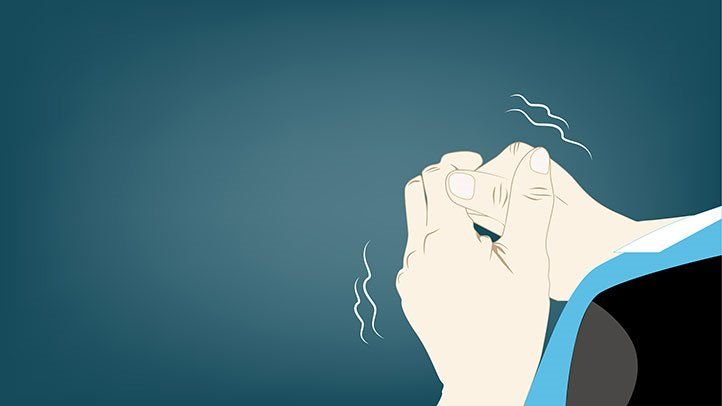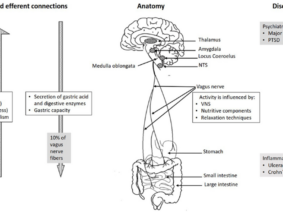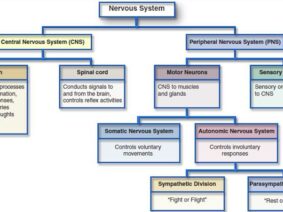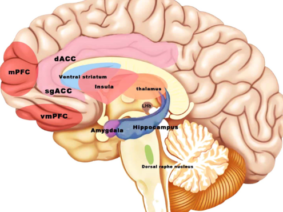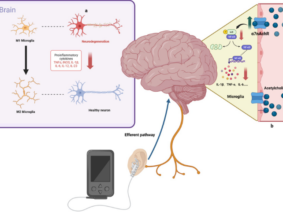Parkinson’s Disease Tremors
Parkinson’s disease, a neurodegenerative disorder affecting millions worldwide, is characterized by motor symptoms like tremors, stiffness, and impaired movement. Tremors are a defining characteristic of Parkinson’s disease, affecting about 8 out of 10 people with this movement disorder. Managing these symptoms has been a significant challenge in medical science. Recent research, however, sheds light on a promising avenue for addressing one of the most debilitating aspects of Parkinson’s disease—tremors—through non-invasive vagus nerve stimulation (VNS).
Potential of VNS in Parkinson’s Management
A pioneering study conducted by Ahmet Kivanc Menekseoglu et al. investigated the acute effects of transcutaneous auricular vagus nerve stimulation on hand tremors in individuals diagnosed with Parkinson’s disease. The study, employing a single-center, prospective design, involved five participants diagnosed with Parkinson’s disease. These individuals underwent auricular vagus nerve stimulation implemented three times on separate days, targeting the right ear, left ear, and both ears.
The findings of this study unveiled compelling insights. While there was no significant change observed in the UPDRS tremor subscale, which is a standard clinical measure for assessing Parkinson’s disease symptoms, the study revealed noteworthy results in other parameters. Notably, participants who underwent bilateral auricular vagus nerve stimulation exhibited a significant decrease in diastolic blood pressure. Moreover, although not reflected in the clinical scale, the measurements conducted using a smartphone application indicated decreases in the maximum tremor amplitude along the x and y planes.
This study’s significance lies in its revelation of a potential link between auricular vagus nerve stimulation and the reduction of tremor amplitude in patients with Parkinson’s disease. The observed decrease in tremor amplitude in the 3D plane following auricular VNS underscores its potential as a non-invasive, adjunctive therapeutic approach for managing tremors associated with Parkinson’s disease.
Unveiling Auricular Vagus Nerve Stimulation
Understanding the implications of these findings requires delving into the intricate relationship between the vagus nerve and the central nervous system. The vagus nerve, a crucial component of the parasympathetic nervous system, is intricately linked with various bodily functions, including motor control and autonomic regulation. Stimulating this nerve non-invasively through auricular VNS holds promise in modulating neural activity and potentially alleviating motor symptoms such as tremors in Parkinson’s disease.
Future Implications and Research Paths
While this pilot study provides encouraging initial results, further extensive research, including larger sample sizes and long-term follow-ups, is imperative to validate and elucidate the precise mechanisms underlying the observed effects. Additionally, exploring the optimal parameters for VNS, such as frequency, intensity, and duration, is crucial for refining this therapeutic approach.
In conclusion, the study by Menekseoglu et al. presents a compelling foundation for investigating the potential of auricular vagus nerve stimulation as a therapeutic intervention in managing Parkinson’s disease tremors. This avenue holds promise for augmenting the existing armamentarium of treatments for Parkinson’s disease, offering hope for improved symptom management and enhanced quality of life for affected individuals.
References:
